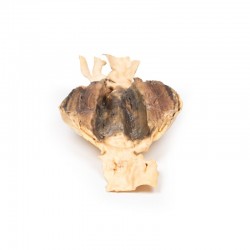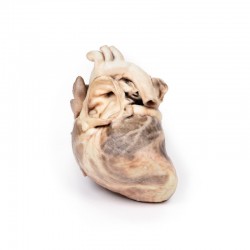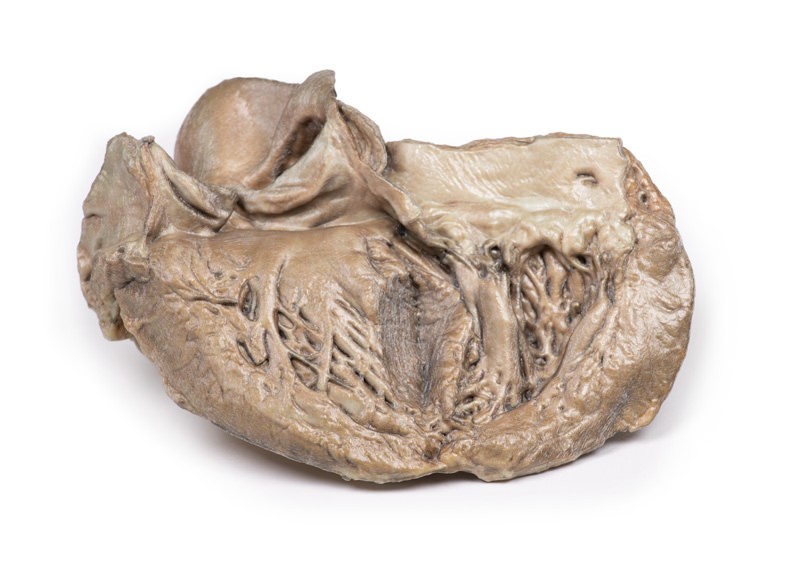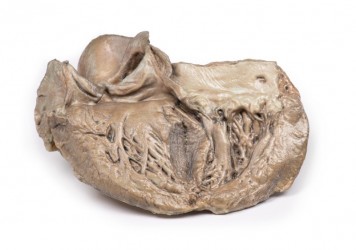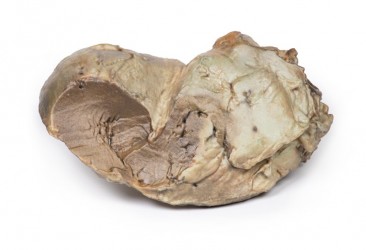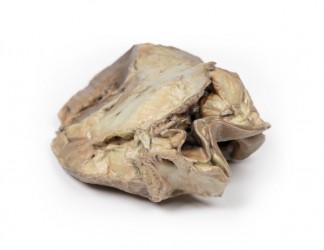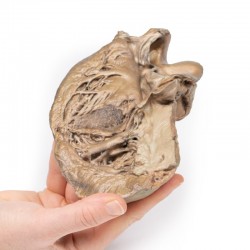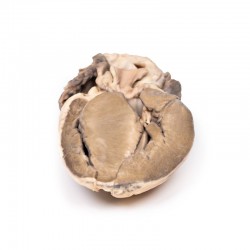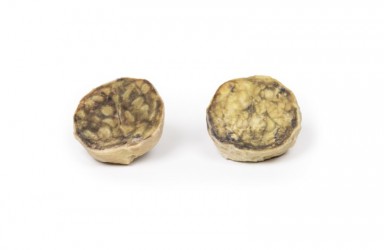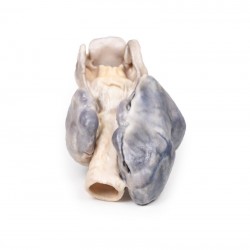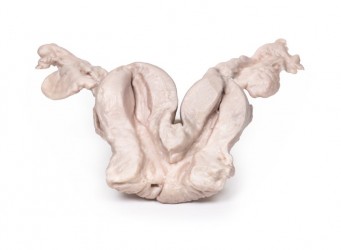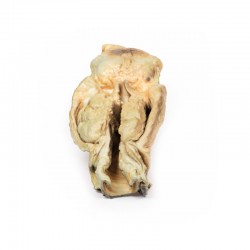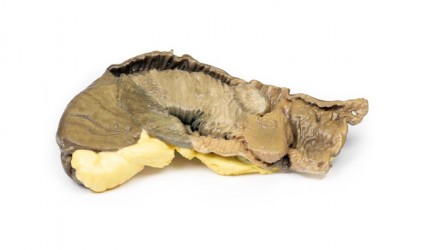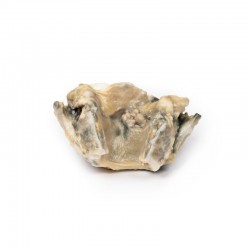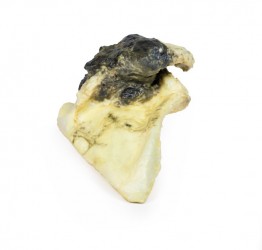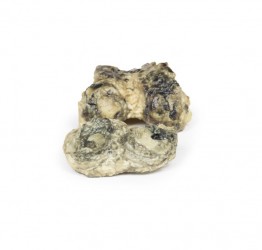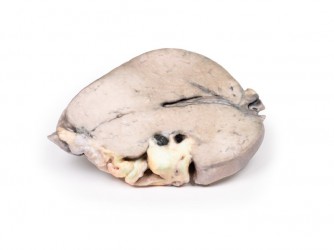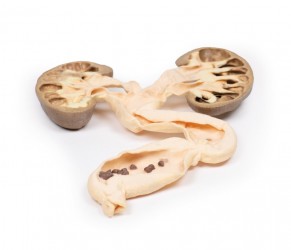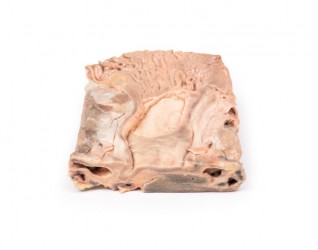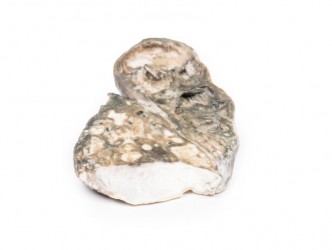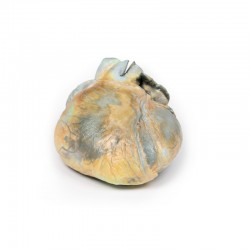Home / 3D anatomy models / 3D anatomical models of pathologies and diseases / Bicuspid Aortic Valve
Bicuspid Aortic Valve
Bicuspid Aortic Valve
 Download a PDF file Add to quotation - wish list
Download a PDF file Add to quotation - wish listProduct description: Bicuspid Aortic Valve

Clinical History
A 64-year old woman presented with a story of chest pain for 5 months, associated with breathlessness and wheezing for 4 months. On examination, she was dyspnoeic, with an expiratory wheeze, left-sided crepitations and signs of a right pleural effusion. The pulse rate and blood pressure were normal. There was a precordial systolic murmur and a heaving apex beat in the 5th left intercostal space 10 cm from the midline. There was no peripheral oedema. The patient died 4 days after admission.
Pathology
The heart has been opened to display the left ventricle and associated valves. The aortic valve has 2 cusps instead of the usual three. The valves are otherwise normal apart from patchy slight thickening. The aortic origins of the left and right coronary arteries are widely patent, as is the left circumflex coronary artery, seen cut transversely in the atrio-ventricular groove at the right hand lower edge of the specimen. There is dense pericardial fibrosis and adhesions on the posterior side of the specimen, suggestive of a constrictive pericarditis. The cause of this is not apparent from the history. At autopsy, there was ascites, a small shrunken cirrhotic liver, bilateral pleural effusions (R>L), and right pulmonary collapse. The cause of death was liver cirrhosis and failure, possibly consequential to the above-described constrictive pericarditis. The bicuspid aortic valve was an incidental finding.
Further Information
Bicuspid aortic valve is a more common congenital anomaly than widely appreciated as it may remain asymptomatic till later in life. The condition predisposes to the development of calcific aortic stenosis, usually in the 5th to 7th decades of life. They may occur alone or as part of a congenital syndrome, such as Tetralogy of Fallot. The latter is a combination of four congenital abnormalities, including a ventricular septal defect, pulmonary valve stenosis, a misplaced aorta and a right ventricular hypertrophy.
Bicuspid aortic valves have unequal cusp sizes usually as a result of two or the three normal cusps being fused together. This can lead to greater valvular dysfunction. Patients with bicuspid aortic valves are at high risk of aortic dilatation and dissection.
Bicuspid aortic valves are more likely to become calcified in older age than tricuspid aortic valves, and this is due to abnormal motion and turbulence caused by the unequal leaflet sizes.
With increasing age, patients can develop aortic stenosis or aortic regurgitation. When these become severe, symptoms associated with dyspnoea and reduced exercise tolerance may develop. This may be the first sign of a bicuspid aortic valve. Diagnosis of bicuspid aortic valves is confirmed using transthoracic echocardiogram.





